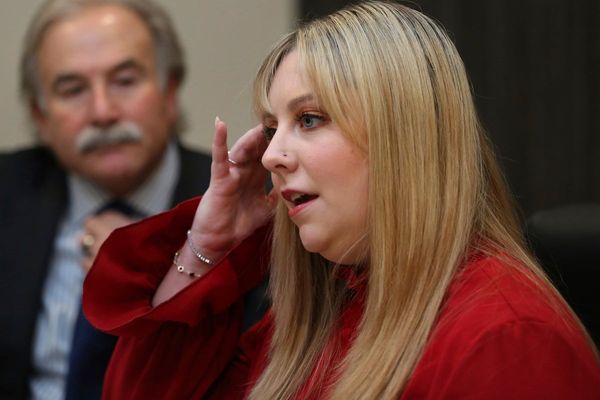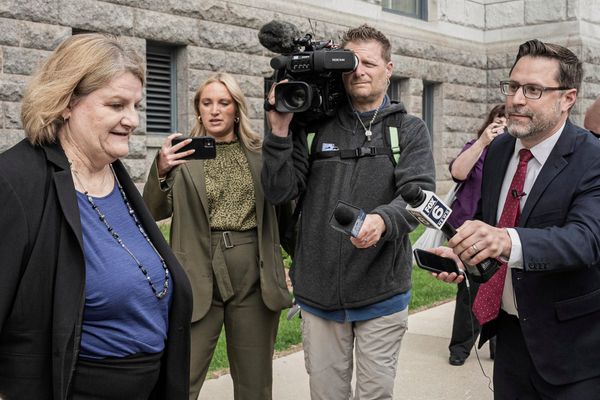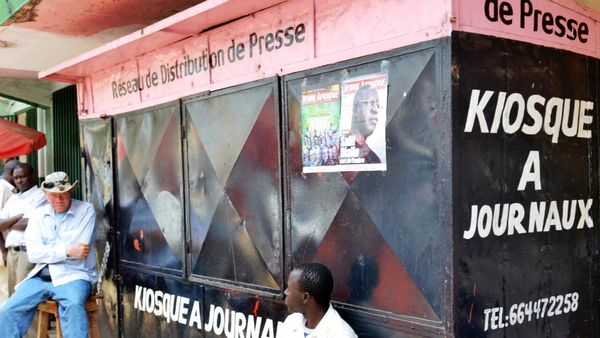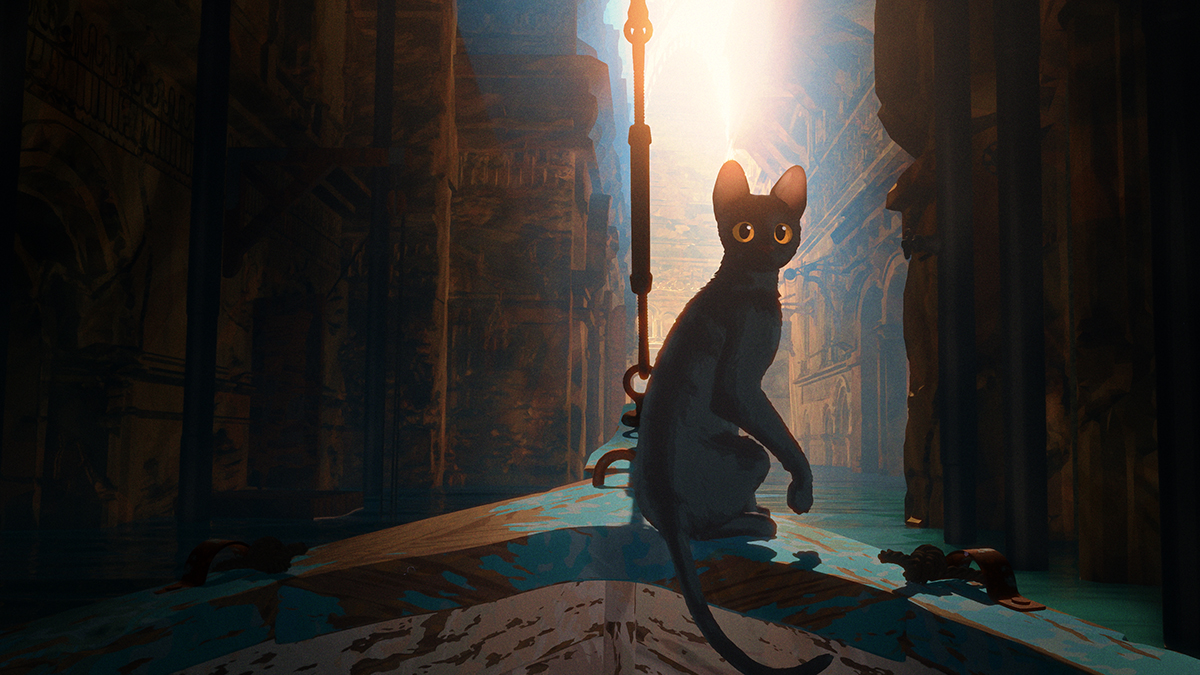
As the recent public falling out of White Lotus musician Cristobal Tapia de Veer and showrunner Mike White demonstrated, the relationship between director and composer isn’t always an easy one. And if the director also happens to have had a hand in the writing of the music, you’d imagine that the potential for conflict would be even higher.
This was the scenario faced by Rihards Zalupe, composer on the Oscar-winning Latvian animated movie, Flow. Created in open-source graphics software, Blender, this tells the story of a cat and other animals trying to survive a rising tide in what appears to be some kind of post-apocalyptic landscape.
The starting point for Zalupe’s score was a set of musical sketches that were written and given to him by director Gints Zilbalodis, so did he submit his work with a sense of trepidation?
“No,” laughs Zalupe. “The relationship was great.”
“Gints called his work sketches - I think they were a little bit more than sketches, but it depends on the scenes,” he continues. “There are a couple of scenes where, the slow themes and music that he created, I just orchestrated that and put some theme elements on that we discovered during the process.”
Zalupe says that he first met Zilbalodis five years ago, when the two men were both receiving prizes at a Latvian awards ceremony.
“It was the first for me and it was the first for Gints for his previous film, Away. And I remember that I went back home after the ceremony and I think one day after that I watched the film and I was really amazed with the results, what he achieved there. Basically he did everything by himself, including the music.”
And music, it seems, sits right at the heart of Zilbalodis’s workflow, helping him with plotting and structure.
“The main idea for him is that before he edits the film he likes to create some music sketches,” Zalupe explains. “For him it really helps him to edit the film and edit the scenes. And sometimes he told me that, in the script, there was something totally different before he put some music in. He understood that he needed to change the whole scene because the music somehow asked for that. It really helps him and I think it's a very unique way to make an animation.”
Working with someone who had such a strong vision for the film, though, what could Zalupe hope to add to the project?
“The material was very minimalistic,” he begins. “It was a huge surprise for me because in his previous film it was really very slow and melancholic - very meditative moody stuff. The first thing that came to my mind is that I should work on this meditative side and to take the feel from his previous film and to put it here.
“I created my own themes and I searched for other instruments, because Gins was creating everything on synthesizers and some library percussion instruments. I really was searching for unique themes for every character.”
Zalupe also says that he wanted to add a greater sense of cohesion and narrative: “There was no one combined element that was combining everything together. So in the end I took this meditative slow music and somehow we created our music storyline - a theme to seem like a ‘wave patterns’ [mimes waves going up and down]. I can’t recall any place where music ends like… that [suddenly].
“It’s like a flow. We never thought about it - that we should create something like that - but somehow in the final process it went like that, and I think it really helps, somehow, to feel the pace of the movie as a flow, as a stream, as water.”
That sense of ‘flow’ extended to the way Zalupe felt as he immersed himself in the project.
“It was just fun, and if you ask me how I did it I don't know, because I think I was in a flow process, you know - this term from jazz music where jazz players are improvising. This is a state of mind that I'm trying to achieve every day. I have worked for five or six years to achieve a state of mind - or conscious mind - where I come to my studio every day in the morning and I don't need to think about motivation, about this kind of stuff, which actually can really hurt composers. And I think it's do-able thing. It’s really like knowledge. It's experimenting. It's knowledge of yourself, about your inner thoughts, and knowledge about music overall and styles. I think it’s important to talk about… I think it's a very important subject for every composer, every artist - where to get this ‘flow’ feeling.
“There was a time where I was also coming to the studio and I was waiting and, I don't know, praying that the muse would come… and when it happens it's amazing. I mean, it's amazing and you really don't know how you create music.”
Zalupe must surely have felt some kind of pressure, though? This, after all, is a film with no dialogue - did he not feel an extra sense of responsibility because he knew that his music needed to do a lot of the heavy lifting in terms of driving the story forward?
“Actually it was totally the opposite,” he answers. “I never felt like I needed to achieve something and the music would be the main character or something like that. I mean, in terms of my responsibility it was another film project where I’m just trying to be as creative as I can in terms of everything - in terms of budget, in terms of availability of instruments.”
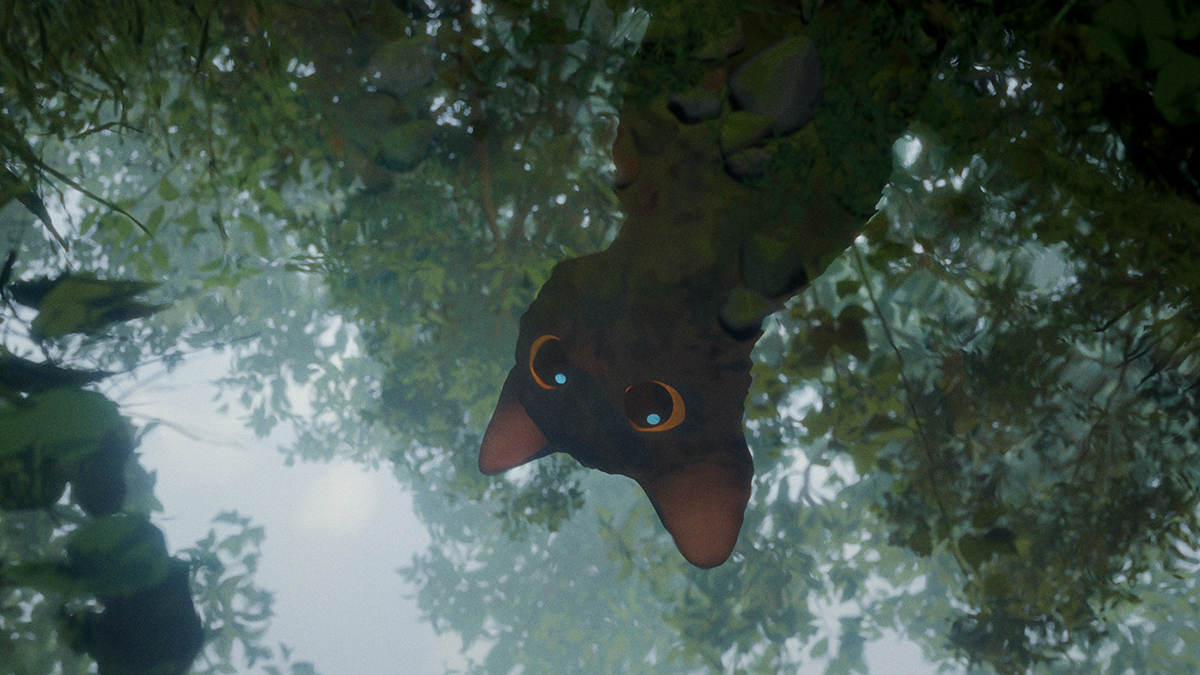
Despite this being a relatively low-budget film, though, Zalupe was adamant that the music shouldn’t be made entirely in the box.
“I told them that we should have some real instruments at least. A string quartet or octet or something like that,” he says. “But things started to get very complicated when I finished the first five scenes, I think, and I really understood that without a large string orchestra it would be really hard to give the emotional impact. It could be much easier to make everything with electronics, but here we're [dealing with] animals. Everything was about feelings, about all the spectrum of our emotional life. So I understood that, without the orchestra, it would be really hard, and also because there’s no dialogue, the music would be so loud and upfront.”
In the end, a combination of software and real instruments provided the answer.
“Of course I made all the demos with the libraries I use,” says Zalupe. “One particular library is Orchestral Tools Peteris Vasks Strings, which was actually recorded here in Riga with the Sinfonietta orchestra. So I use it a lot and it ended up that the same orchestra recorded real music and then we combined it together with the music library orchestra, which has the same instruments, the same players. And so we got this huge orchestra and we sometimes tripled the strings. So on many occasions there was a 120-person string orchestra playing at the same time.”
Zalupe goes on to say how grateful he was that he was able to fulfill his vision: “What was so great about this team was that they were always trying to find solutions,” he explains. “I said to producer Mati, ‘Hey, I think we should have money for strings,’ and at that point he really understood because, although the sample libraries are great, he could understand what it could be like. Sample libraries really sound great but you can never achieve the same kind of emotional connection, because this is what real musicians can do when they record.”
As well as the strings, some solo instrumentalists were required to play the main themes. “The clarinet, which was used for the main character theme for the whole movie, and also some trumpet,” says Zalupe. And then there were the other sounds that he cooked up in his studio.
“I had a huge percussive lab in my studio where I was trying to experiment and trying to somehow find the solutions for all the exotic instruments I was using, because for Latvians, apart from cats and dogs, all other animals are very exotic,” says Zalupe. “So it was very interesting trying to make gamelan bells from a small children’s glockenspiel. This is what I really love about electronics - using them to just transpose and stretch things - and it really gave some interesting colours to the film.”
Flow was released to rave reviews, with the Oscar for Best Animated Feature being the icing on the cake. And though its success might have taken the rest of the world by surprise, Zalupe says that he always knew that the film was something special.
“I have always been a guy who dreams big dreams. And I always kept in my mind that one of the biggest goals for me in my film career was to have an Oscar,” he says.
“Everyone was actually so surprised and happy about the result and the producers were saying ‘We hope that the film will get into Cannes [film festival]. And I was the person who was saying ‘Of course we will get into Cannes. There’s no question.’
“I always want to be positive - when you don't dream I think it's just really hard to achieve something great, and so one year after that we got the Oscar. It's amazing.”



